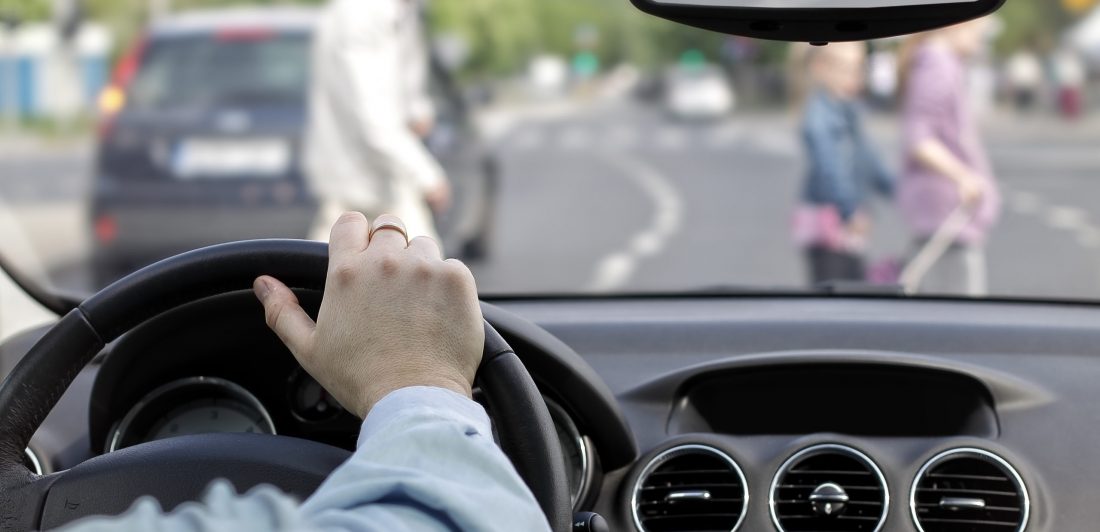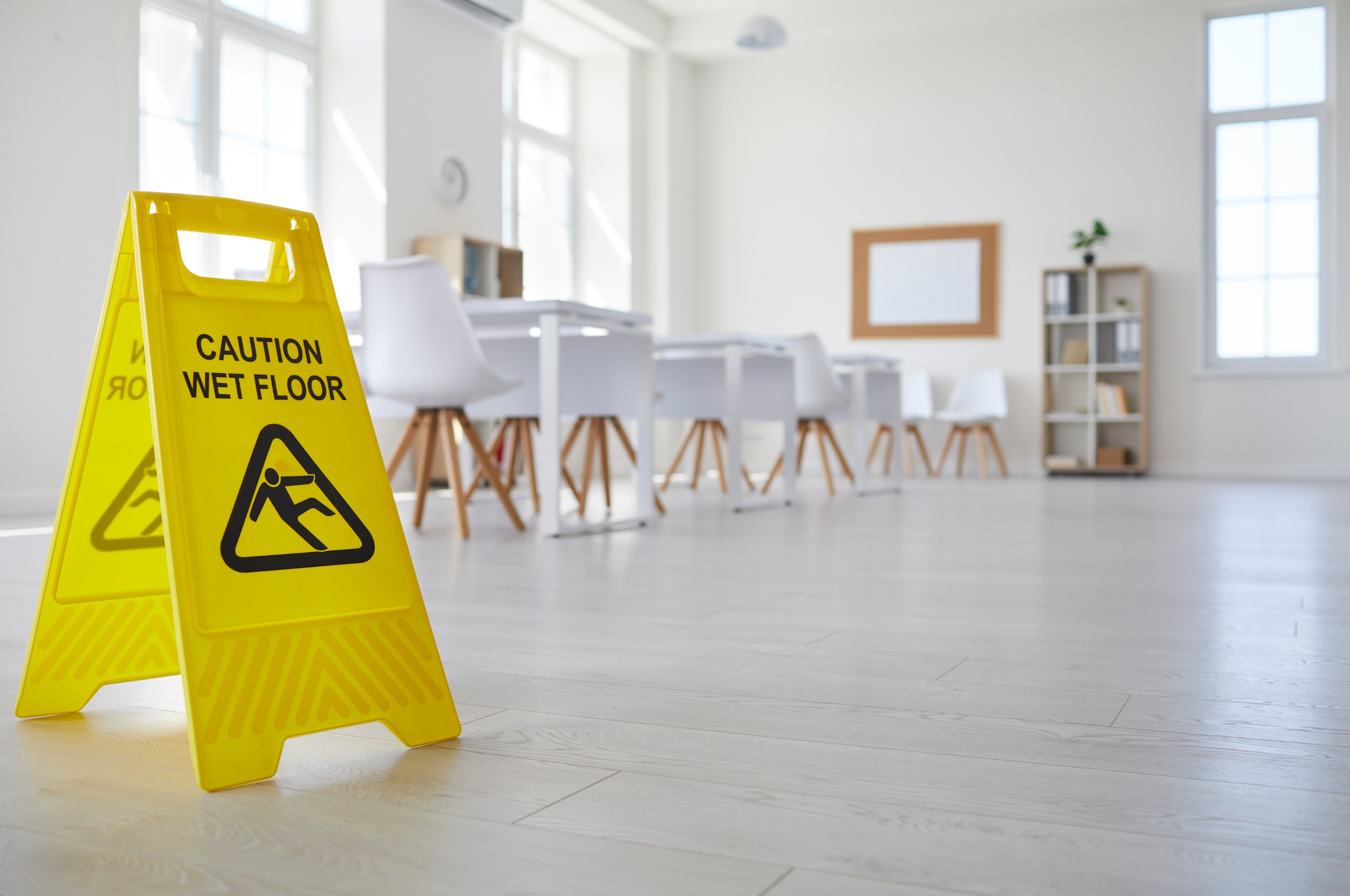Newer vehicle models have the advantage of many safety features, including the safety feature that allows the car to apply the brakes on its own to avoid a crash when the driver is inattentive. However, the Insurance Institute for Highway Safety (IIHS) has evaluated and found that pedestrian detection systems may have a visibility problem once the sun starts to set. Only four of the first 23 midsize cars, midsize SUVs, and small pickups tested managed to earn the highest rating of superior, while more than half earned a basic score or no credit at all.
The Governor’s Highway Safety Association reported that approximately 7,485 pedestrians were struck and killed by automobiles in 2021. To help diminish this trend, car makers are coming out with technology that can detect pedestrians using cameras or radar systems. This technology is designed to identify individuals who are either in or projected to approach the path of the vehicle. If the driver fails to react after a warning, the vehicle will activate the brake to avoid a collision or reduce its severity.
The IIHS launched a study that found that Automatic emergency braking (AEB) systems reduced the odds of a pedestrian crash by 32% during daylight. However, the study found that the system made “no difference” in unlighted areas. Experts are unsure why some AEBs work while others don’t, but the difference in performance from vehicle to vehicle leaves consumers wondering whether the systems will perform their job when necessary.
There is currently no government test or performance standard for pedestrian detecting automatic braking systems and no federal requirement for nighttime testing in the systems.
What are the Efforts Being Made to Better The Vehicle Pedestrian Detection System?
The IIHS is focusing on pedestrian detection technology as fatalities involving people on foot being struck by vehicles are rising sharply on U.S. highways. According to IIHS, pedestrian crash deaths have increased nearly every year since hitting a low point in 2009, rising 51% to the top 6,500 fatalities in 2020. Three-quarters of those fatalities occur at night when the systems are less effective.
As an organization dedicated to improving car safety, IIHS should be on top of the latest safety tech developments. IHHS has urged manufacturers to improve their front crash prevention systems and make pedestrian detection available on more vehicles by introducing ratings for pedestrian AEB. To address the shortcomings, IHHS is now developing a nighttime test, with plans to publish the first official nighttime pedestrian crash prevention ratings later this year.
In addition, the National Highway Traffic Safety Administration (NHTSA) said in April 2022 that it would finally begin rating cars on the five-star scale for impacts on pedestrians. NHTSA proposes to add four new automated driver assistance systems to the rating system, including lane-keeping support, pedestrian automatic emergency braking, blind spot detection, and blind spot intervention.
To see how your car did during AEB performance at night, click here.
Tips to keep in mind to keep yourself and others safe on the road
Although accidents are bound to happen, it’s important to know the steps you can take to minimize pedestrian accidents, either as the driver or the pedestrian.
If you are a driver, it is essential to remember the following when behind the wheel:
- Systems like the pedestrian detection feature are not a replacement for an attentive driver.
- Make sure to scan the road and area ahead, not just the vehicle in front of you.
- Just like you cannot always predict what a person, especially a child, will do, a computer can’t predict this either.
If you are a pedestrian, here are a couple of tips you can take as well:
- Stop at the curb before entering the street.
- Make eye contact with the driver before crossing in front of a vehicle.
- Don’t look down at your phone when crossing the street. Continue scanning the road as you cross.
- Always walk on sidewalks. If there are no sidewalks, always walk facing traffic so that you can see what is coming and be able to react if necessary.
- Wear light or bright-colored clothing, especially in the dark. You should prefer to wear reflective clothing and use a flashlight when walking at night.
- Walk and cross with other pedestrians wherever possible.
The Carlson Law Firm Can Help
Having someone on your side while navigating difficult moments is crucial. The Carlson Law Firm understands that serious injuries can devastate families. If you or someone you love was injured as a pedestrian due to someone’s negligence, we are here to help. We care, and we can help.





